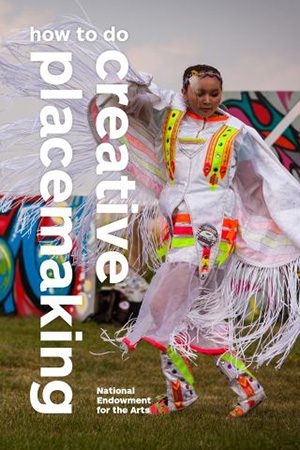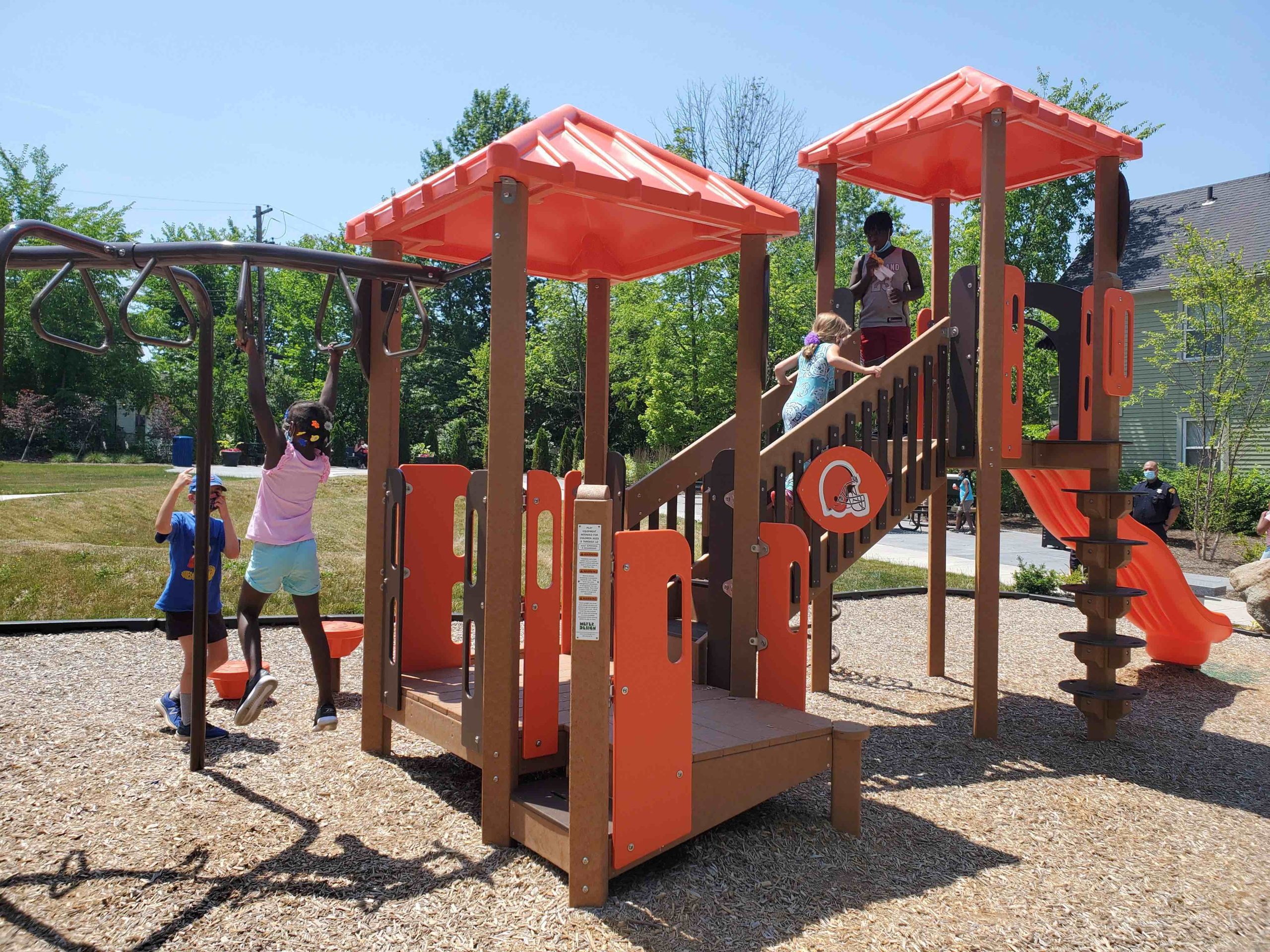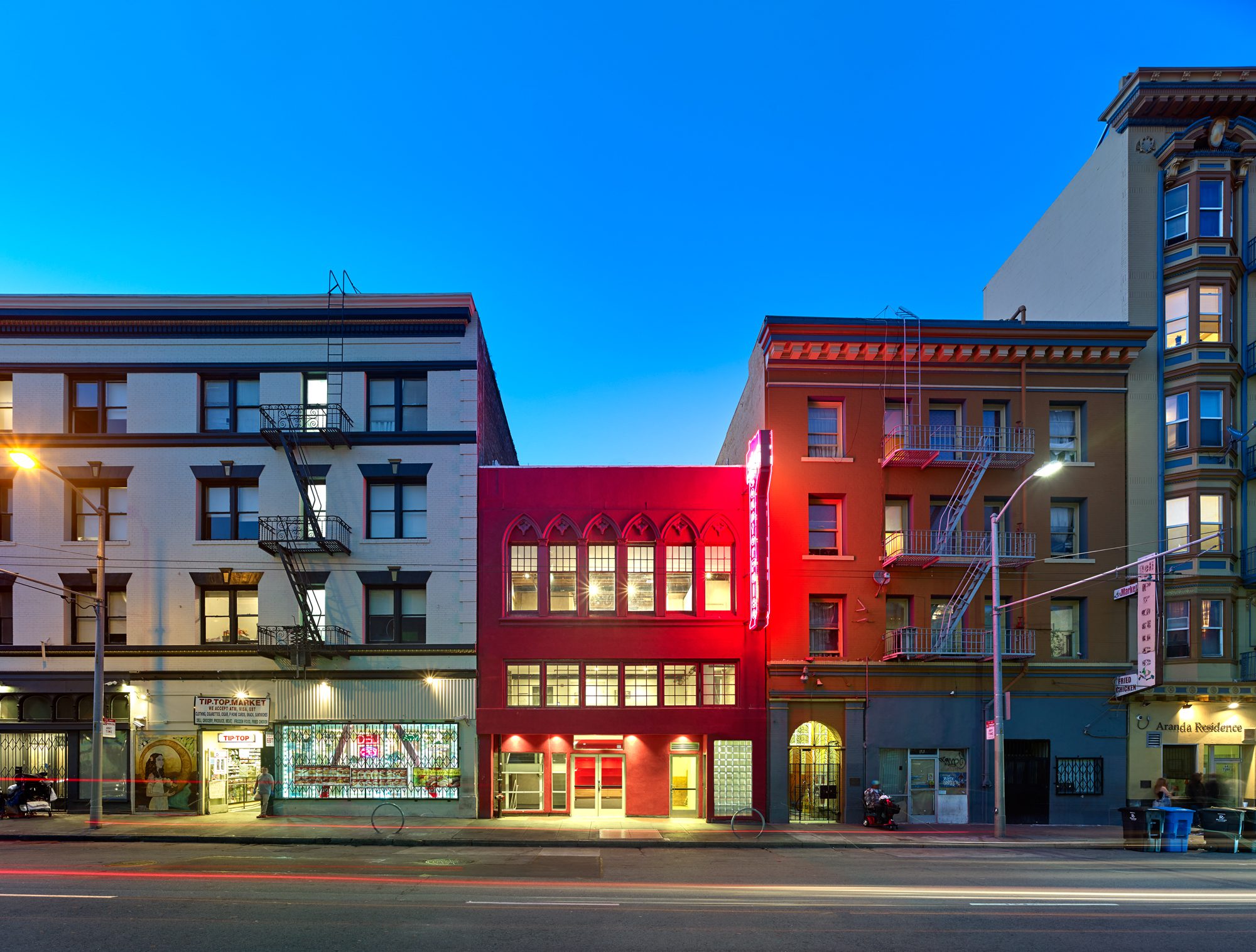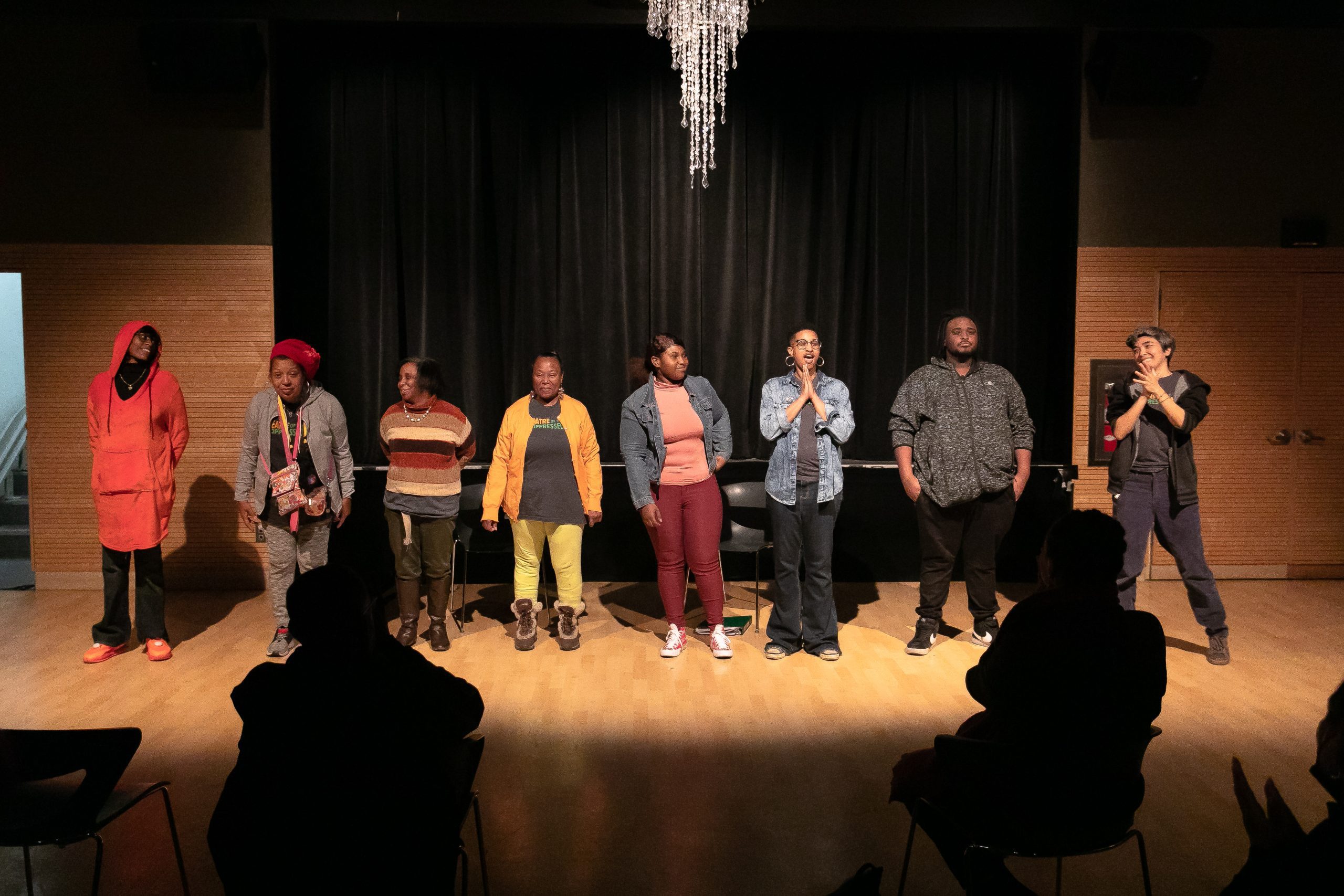
How to Do Creative Placemaking‘s collection of essays and case studies offers a scan of the field, along with a diverse range of opinions on what constitutes “creative placemaking.” Early on, I was reminded of a story about the blind men and the elephant in which a group of blind men each touch a different part of an elephant and come to a variety of conclusions about what stands before them. I think the book can be read either as having a lack of clarity or a rich sense of possibility. I choose the latter.
Ideas around place, livability, and identity are explored through a cultural lens. The benefits of engaging artists in planning, economic development, and community building are illustrated by a wealth of diverse examples of work that is taking place throughout the country in both rural and urban areas. In Portland, Maine, an unlikely collaboration between police officers and poets led to an overall boost in morale across the department as well as a collection of photographs, personal stories, and performances. In Philadelphia, free criminal record expungement clinics include an artistic component; participants convert their expunged paper records to paper pulp in a blender, forming the basis for a revised portrait of themselves without a criminal record. In Boston, a pilot program embedded artists in 12 different city agencies to actively engage in the “development and implementation of government practices and policies.” Essays about the development of cultural districts and artist housing are also included in the collection.
Appropriately, How to Do Creative Placemaking begins with a letter about New Orleans from Shaun Donovan, who was the director of management and budget in the Obama administration.
New Orleans stands out as an American city that embodies the notion of “creative place,” where history and traditions, multiple cultures, music and food, creative and energetic street life, and most of all, artists are embraced. New Orleans’ Mayor Mitchell Landrieu’s essay talks about rebuilding the city after Hurricane Katrina with an eye toward both preserving its culture and keeping it alive. It is a tender ode to New Orleans artists that recognizes creativity as the beating heart of the city.
Any conversation about place in America must begin by acknowledging the brutality of our erasure of Native Americans and Native culture. As Americans, our historic record demonstrates a severe myopia and ignorance of the importance of place and its meaning. This history lends a sense of poignancy to the essays that talk about creative placemaking projects by Native Americans. Lori Pourier, president of First People’s Fund, begins her essay by stating, “There is no word for art in Lakota,” then goes on to elegantly describe a Native culture in which art, life, and land are unified. “With no separation between a way of life and art, then the only way to do the work is collectively. How we approach the work is in fact more important than what we do.”
Throughout the book, this approach is echoed as administrators, policy makers, developers, program officers, and others talk about the value of partnerships, cross-sector cultural activity, working outside of one’s silo, of being flexible and open-minded.
Those who seek a step-by-step instructional manual may be disappointed by How to Do Creative Placemaking. But for those who are looking for inspiration and even wisdom, you may find it here.





Comments